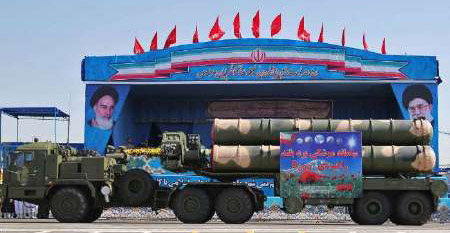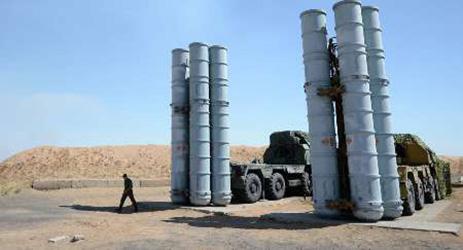Russia completed the entire S-300 supply to Iran. This is what we read in an official note from Russian Federal Service for Military-Technical Cooperation.
The contract for the supply of five S-300 systems was signed in the 2007 for a figure slightly lower than the 900 million dollars. Supply then frozen due to high sanctions by the United Nations against Iran. In the spring of last year, Russian President Vladimir Putin lifted the embargo on S-300 systems for Iran. On 11 April, Iranian Foreign Ministry spokesman Hossein Ansari Jaber confirmed the arrival of the first S-300.
The S-300 is designed for tactical defense against broad spectrum targets such as ballistic missiles, aircraft and helicopters. The two countries have always talked about a supply for five systems: each S-300 missile should cost over $ 1 million. Iran is also expected to have purchased at least one hundred 9M82M / 9M83M missiles. The missiles rely on an inertial system with radio update at mid-path, while in the terminal phase on a semi-active radar.
S-300 are considered immune to most Western ECM countermeasures. Once online, they do not require maintenance for at least ten years.

According to Almaz-Antey, a Russian company that produces the system, the S-300 should be lethal against all fourth generation fighters and, in any case, against all carriers not equipped with low observability technology. The Russian firm also claims that the S-300s have some ability to identify fighters stealth.
If Iran deploys S-300 surface-to-air batteries on the Gulf islands, for example, it would project air coverage to Kuwait City, including the Ali al-Salem, Ahmad Al-Jaber, Al-Minhad and Al-bases. Dhafra. The Zakum and Shariqah oil fields in Qatar are also within the range of the S-300s.
In the event of a crisis, the air corridors used by international carriers across the Gulf could be banned by Iranian S-300s.
(photo: IRNA)












